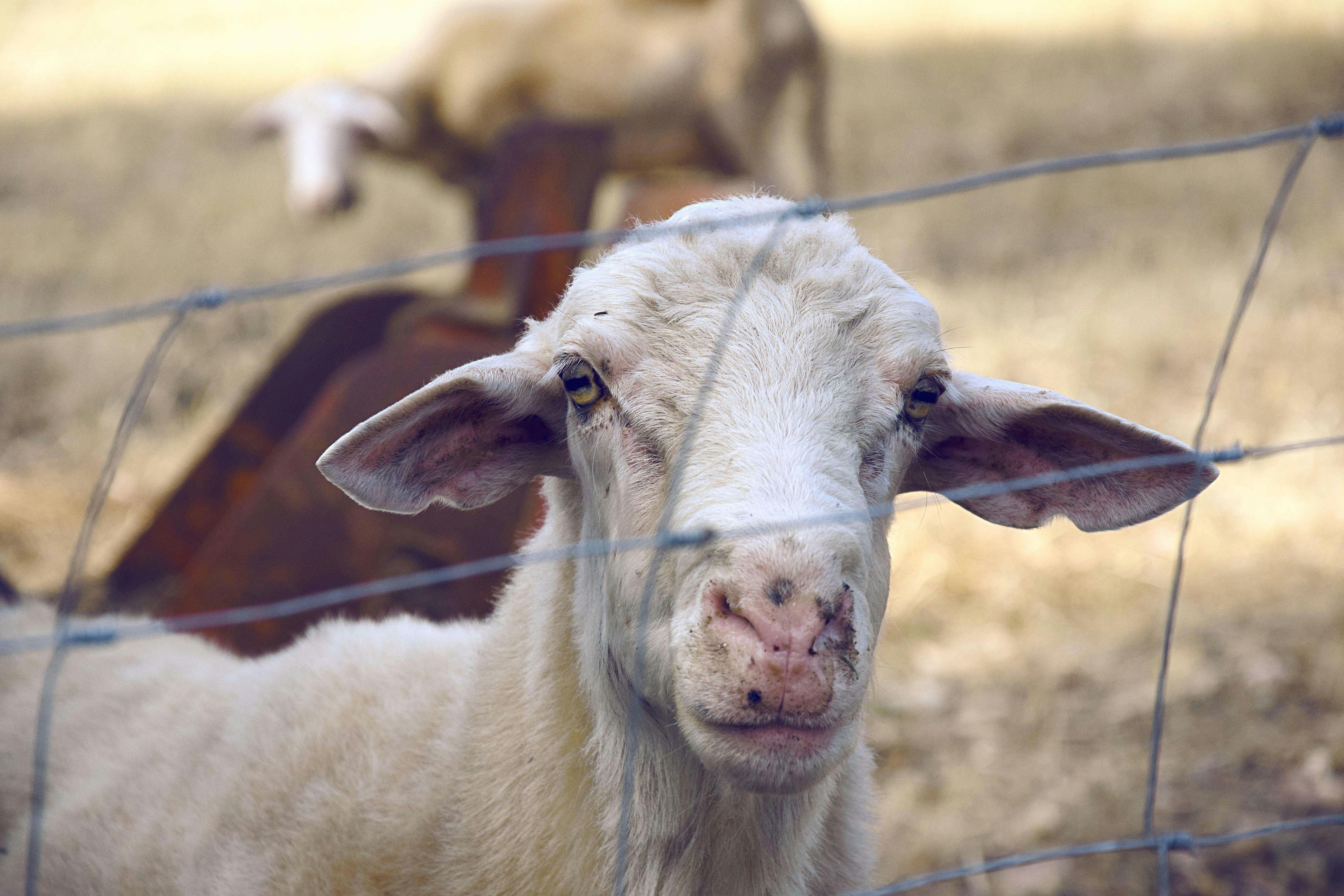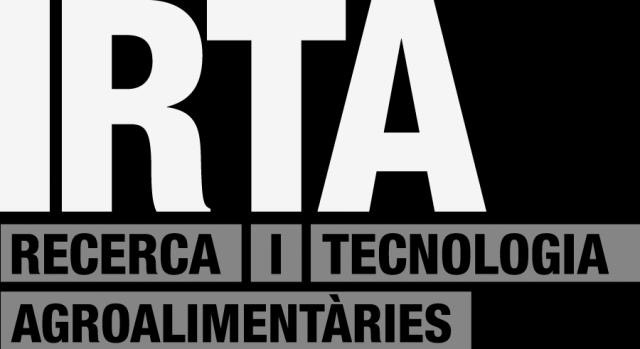Tuberculosis Transmission Between Humans and Livestock

We identify possible tuberculosis transmissions between humans and domestic ruminants in Catalonia by analyzing the phylogenetic relationships of bacteria isolated from tuberculosis patients and livestock herds.
In this IRTA-CReSA study, in collaboration with Vall d’Hebron University Hospital and the National Veterinary Services Laboratories (NVSL) of the United States Department of Agriculture, we analyzed 365 whole-genome sequences of the main bacteria causing animal tuberculosis, Mycobacterium bovis and Mycobacterium caprae, isolated from human and animal cases in Catalonia over an 18-year period, from 2005 to 2023.
The results confirmed that at least the bacteria causing 5 out of 42 human tuberculosis cases had a direct phylogenetic relationship with those responsible for tuberculosis cases in livestock (one associated with cattle, one with sheep, and three with goats). This indicates that zoonotic tuberculosis transmission is a reality in our environment and that infected animals may pose a risk to people working in close contact with livestock.
Zoonotic tuberculosis, meaning tuberculosis transmitted from animals to humans, is often underdiagnosed because the specific bacteria causing the infection are not always identified, nor are subsequent analyses conducted to link strains isolated from human patients with those obtained from animal disease surveillance programs. Correctly identifying infectious agents and establishing phylogenetic relationships between isolates is essential for epidemiological research on the disease, breaking transmission chains, and ensuring appropriate patient treatment.
In particular, we were surprised by the detected relationships between human patients with M. caprae and some goat herds. Among the four human patients with this bacterium included in the study, three had a phylogenetic link to bacteria isolated from tuberculosis cases in goat herds in Catalonia, while the fourth patient was not a resident of Catalonia. Thus, as we had previously highlighted in these blog entries, the study results further reinforce the role of goats in tuberculosis transmission and the urgent need to implement tuberculosis control programs in small ruminants.
The results also indicate that traditional epidemiological surveillance may be underestimating the true extent of zoonotic tuberculosis and that the systematic implementation of phylogenetic analysis of isolates from both animals and humans could reveal zoonotic transmissions that have remained undetected until now. In the case of tuberculosis, as with many other infectious diseases, genomic surveillance has already become a key tool for rapidly identifying potential transmission cases and preventing outbreak spread.
Finally, this study once again highlights the need to improve coordination between public health and animal health authorities to implement more effective tuberculosis surveillance and control measures.
📌 Study Reference:
🔬 Pérez de Val B, Vidal E, Stuber T, Sáez JL, Tórtola MT. (2025). Zoonotic tuberculosis in Catalonia, Spain: Phylogenetic insights into Mycobacterium bovis and M. caprae transmission at the human-livestock interface. One Health, 100993.
🔗 DOI: 10.1016/j.onehlt.2025.100993
This study was funded by the Interreg-POCTEFA 2021-2027 program (INNOTUB II-EFA115/01), co-funded by the European Regional Development Fund (FEDER), the Department of Agriculture, Livestock, Fisheries, and Food of the Government of Catalonia, and the Ministry of Agriculture, Fisheries, and Food of Spain.














